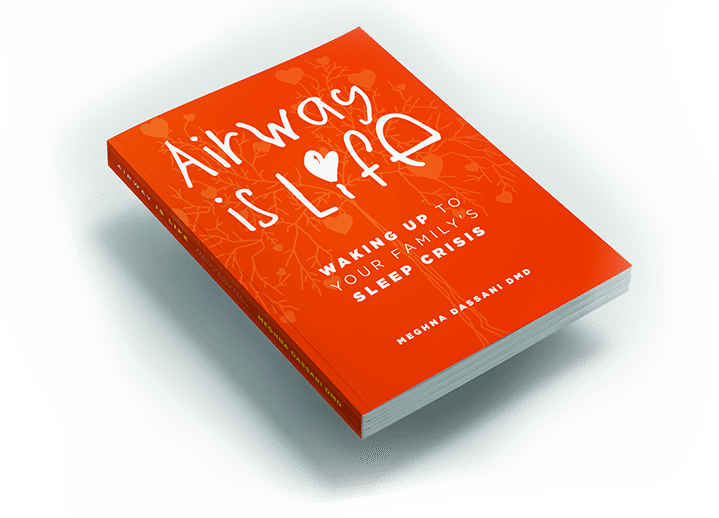Narcolepsy vs. sleep apnea – What are the differences?
Narcolepsy and sleep apnea are both sleep disorders. But aside from excessive daytime fatigue, the causes, symptoms, and treatments for each disorder differ significantly.
Narcolepsy is a neurological sleep disorder. It’s caused by the lack of a sleep-regulating brain chemical called hypocretin, also known as orexin. Narcolepsy affects the brain’s ability to regulate sleep-wake cycles. It causes overwhelming drowsiness during the day. And it can make people suddenly fall asleep. Between 135,000 and 200,000 people have narcolepsy in the United States.
Sleep apnea is a more common disorder affecting roughly 22 million Americans. Sleep apnea occurs when a person repeatedly stops and starts breathing as they sleep. There are two main types of sleep apnea:
- Central sleep apnea
- Obstructive sleep apnea (the more common of the two)
With central sleep apnea, a person’s brain fails to properly signal the muscles in charge of breathing. Whereas with obstructive sleep apnea, breathing difficulties are caused by something either fully or partially blocking the upper airway.
What are the signs and symptoms of both disorders?
Narcolepsy
Signs and symptoms of narcolepsy include the following:
Excessive daytime fatigue – People with narcolepsy experience excessive daytime sleepiness. This can make people have trouble staying awake during work, school, or other activities.
Sleep attacks – People with narcolepsy may fall asleep suddenly for a few seconds up to several minutes. Sleep attacks can occur at any time during the day.
Sudden loss of muscle tone, also known as cataplexy – This can affect a person’s entire body. Or it can be mild and cause only their eyelids to droop. Strong emotional responses, such as laughter or anger, are usually the cause of cataplexy.
Sleep paralysis – This is a condition in which a person is temporarily unable to move or speak while waking up or falling asleep.
Hallucinating – Vivid, visual hallucinations often accompany sleep paralysis.
Disrupted sleep – People with narcolepsy commonly have trouble sleeping through the night despite feeling sleepy during the day.
Sleep apnea
Here are the signs and symptoms of sleep apnea:
Excessive daytime fatigue – This is also a symptom of narcolepsy. It’s the result of poor sleep quality.
Loud snoring – People with sleep apnea often snore loudly and frequently during the night. When breathing stops or is obstructed, periods of silence may interrupt the snoring.
Pauses in breathing – They may experience pauses in breathing that last for several seconds up to a minute or longer. This can occur many times during the night.
Gasping or choking – They may gasp or choke during sleep as they try to catch their breath after a pause in breathing.
Morning headaches – People with sleep apnea may wake up with headaches. This may occur because of the decrease in oxygen levels during sleep.
Dry mouth or sore throat – They may also wake up with a dry mouth or sore throat. This is on account of breathing through their mouths during the night.
Mood changes – Sleep apnea can cause irritability, mood swings, and difficulty concentrating.
High blood pressure – High blood pressure has also been linked to sleep apnea. And it can increase the risk of heart disease and stroke.
What are the treatment options for narcolepsy and sleep apnea?
Narcolepsy and sleep apnea each have their own set of treatment options:
Narcolepsy
For narcolepsy, the treatment options include the following:
Stimulants – These include medications like modafinil and methylphenidate. These medications are often used to help people stay awake during the day.
Sodium oxybate – This is a medication that can improve nighttime sleep and reduce daytime sleepiness.
Antidepressants – Certain antidepressant medications can help with narcolepsy symptoms, including cataplexy.
Lifestyle changes – To help manage their symptoms, people with narcolepsy should try to…
- Exercise regularly
- Limit caffeine and alcohol intake
- Stick to a consistent sleep schedule
Sleep apnea
For people with sleep apnea, these are some of their treatment options:
Continuous positive airway (CPAP) machine – This involves wearing a mask over the nose and mouth during sleep. The CPAP machine delivers a continuous flow of air to keep a person’s airway open.
Oral appliances – People with mild to moderate sleep apnea may benefit from using an appliance that holds their tongue or jaw in place to keep their airways open.
Surgery – In some cases, doctors may recommend surgery to remove excess tissue from the throat or to reposition the jaw.
Lifestyle changes – Certain lifestyle changes can also reduce sleep apnea symptoms. These include…
- Losing weight
- Avoiding caffeine and alcohol before bed
- Sleeping on a person’s side instead of on their back
What are the risks of untreated narcolepsy and sleep apnea?
Left untreated, narcolepsy and sleep apnea can have serious health consequences.
The excessive daytime fatigue symptomatic of both disorders can lead to a greater risk of accidents and injuries, especially while driving or operating machinery.
Certain symptoms of narcolepsy, especially sleep paralysis and insomnia, may lead to mood disorders, including anxiety and depression.
And untreated sleep apnea can increase a person’s risk of…
- Heart attack
- Stroke
- Type 2 diabetes
If you think you or someone you know may have either narcolepsy or sleep apnea, you should talk to a healthcare professional right away to get tested and determine the best treatment option if needed.
Dr. Meghna Dassani has practiced dentistry for over two decades and is passionate about the role dentists play in whole-body health. You can learn more at her website: MeghnaDassani.com.
Healthy Sleep Revolution Podcast
Snoring? Tired all day? Trouble focusing?
So many think these symptoms are common in kids and adults when tired. Join us as we debunk some of these common myths and put the spotlight on Sleep Apnea. Discover what constitutes healthy sleep and how we can help ourselves and our kids get the best sleep ever.


